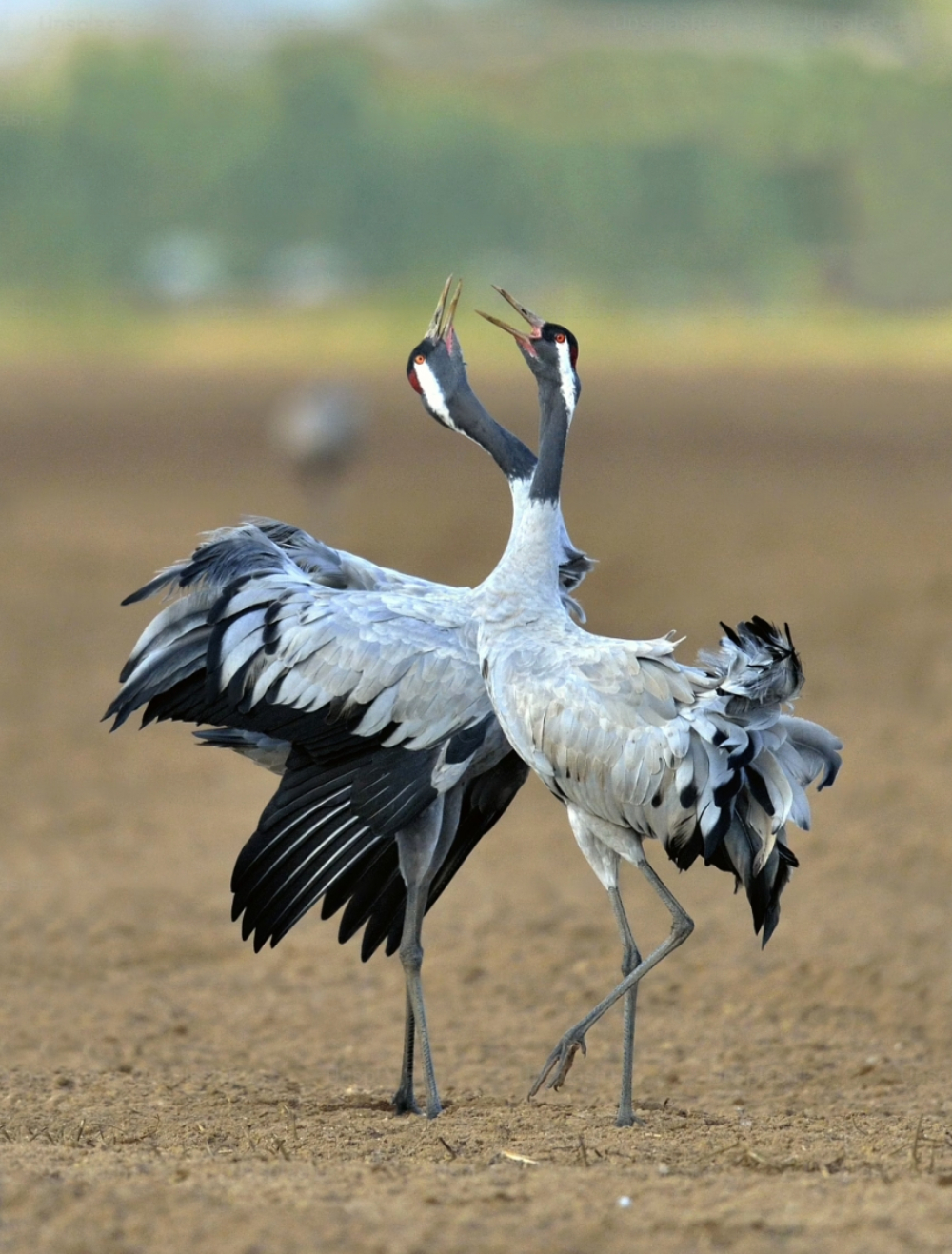There are two options for visiting Bhutan. Bhutan Airlines, alongside Druk Air, operates flights to and from Bhutan. You can book a flight from any of the five countries covered by Druk Airlines. They are India, Nepal, Singapore, Thailand, and Indonesia.
Simply visitors also travel overland through India. They enter at one of three border crossings: Phuentsoling, Samdrup Jongkhar, or Gelephu.
Flying to Bhutan by air to the ‘Paro International Airport’ is a convenient option.
Having a structured Bhutan itinerary can enhance the travel experience, and local tour operators can help customize it according to your interests.
Best Places to Visit in Bhutan
Bhutan offers many stunning places to visit, each with its unique charm. From ancient monasteries to grand fortresses, the country is rich in cultural and natural attractions. You can also explore peaceful villages and snow-covered mountains. Every turn on the roads reveals new and stunning views.
Additionally, Bhutan is covered by 70% forest, making it a carbon-negative kingdom. This is due to its commitment to environmental conservation and avoidance of mass tourism.
Thus, Bhutan offers many amazing places to visit. However, there are 9 major places that you need to put on your itinerary if you are embarking on your Bhutan trip.
Paro
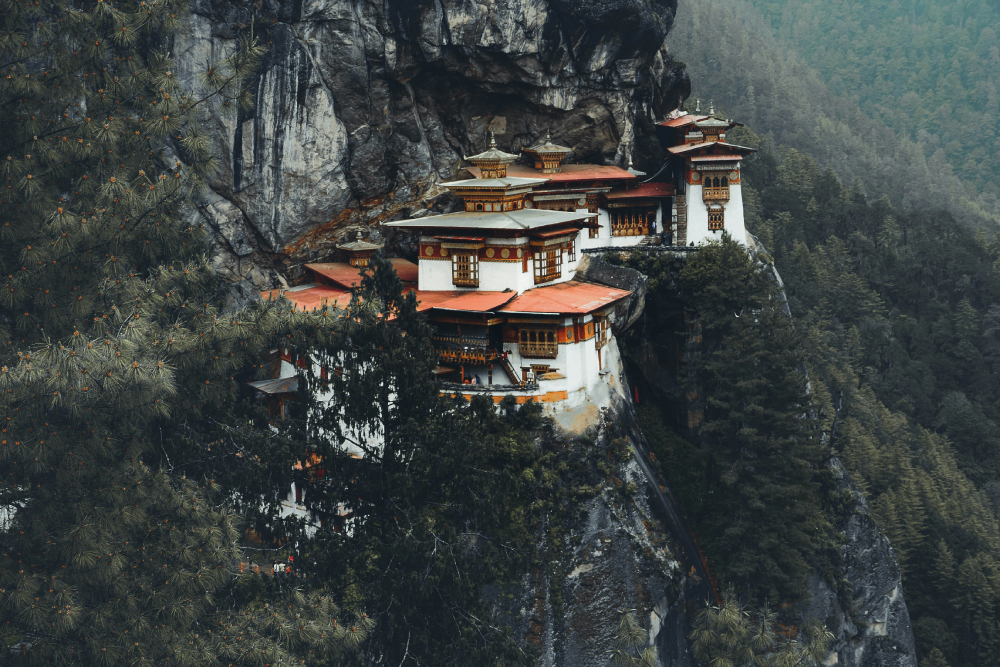
Paro is a picturesque town in Bhutan and an ideal destination for travellers. Nestled in the Paro Valley, It is home to 155 temples and monasteries dating back to the 14th century.
The journey to Paro begins with a flight on Druk Airlines, landing at Paro International Airport, the country's only international airport.
Paro is famous for the Tiger’s Nest Monastery (Taktshang Goemba), a stunning structure built on a cliffside.
It is believed that Guru Rinpoche meditated and practised Vajrayana Buddhism with his students over here before departing to the kingdom of Tibet in the early 9th century.
Another highlight is the Paro Dzong (Rinpung Dzong), a fortress that showcases reflects Bhutanese architecture. It is a potential UNESCO World Heritage Site that also houses the district Monastic Body and the government administrative offices of Paro Dzongkhag.
Additionally, the next important highlight is the National Museum (Ta Dzong), built in the 17th century. Ta Dzong originally protected the Paro Rinpung Dzong from invasions. Later it was renovated in 1968 as a National Museum. The museum offers a fascinating glimpse into Bhutanese heritage.
Paro is also known for its luxury accommodations, including the Six Senses Hotel, COMO Uma, and Amankora which provide breathtaking views of the valley.
Thimphu
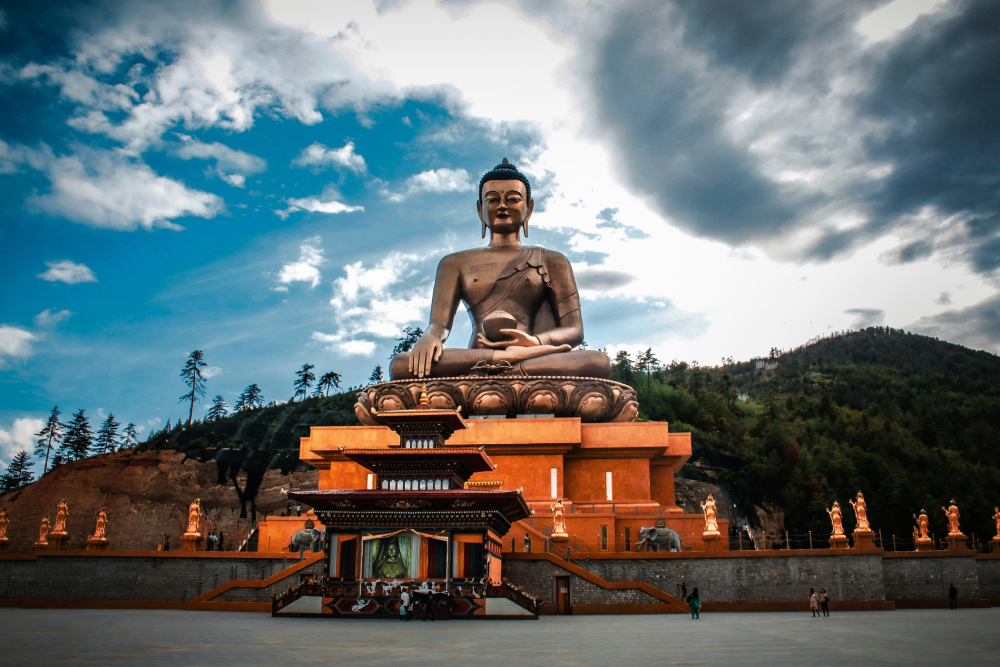
Nestled in a valley, Thimphu, the capital offers a blend of traditional culture and modernity.
One of the top attractions in Thimphu is Thimphu Dzong (TashiChho Dzong). It is an impressive fortress and monastery that is central to Bhutan's administration and religion. Built on the bank of WangChhu River it was the formal meeting hall of the National Assembly. it is also a potential UNESCO World Heritage Site.
The Bhutan Postal Museum is a must-visit. It showcases Bhutan's unique postal history. The museum captures the story of communication, transportation, and postal services in Bhutan. It also features famous Bhutanese stamps.
As you explore Thimphu, you will see colourful prayer flags fluttering in the wind, adding to the city's spiritual atmosphere. The phrase "Tashi Delek," meaning "good luck," is often heard as a warm greeting from the locals. Thimphu's lively markets, cafes, and parks make it an engaging place for tourists.
Interestingly, there are no traffic lights in the entire valley and the policemen manually direct the traffic.
Punakha
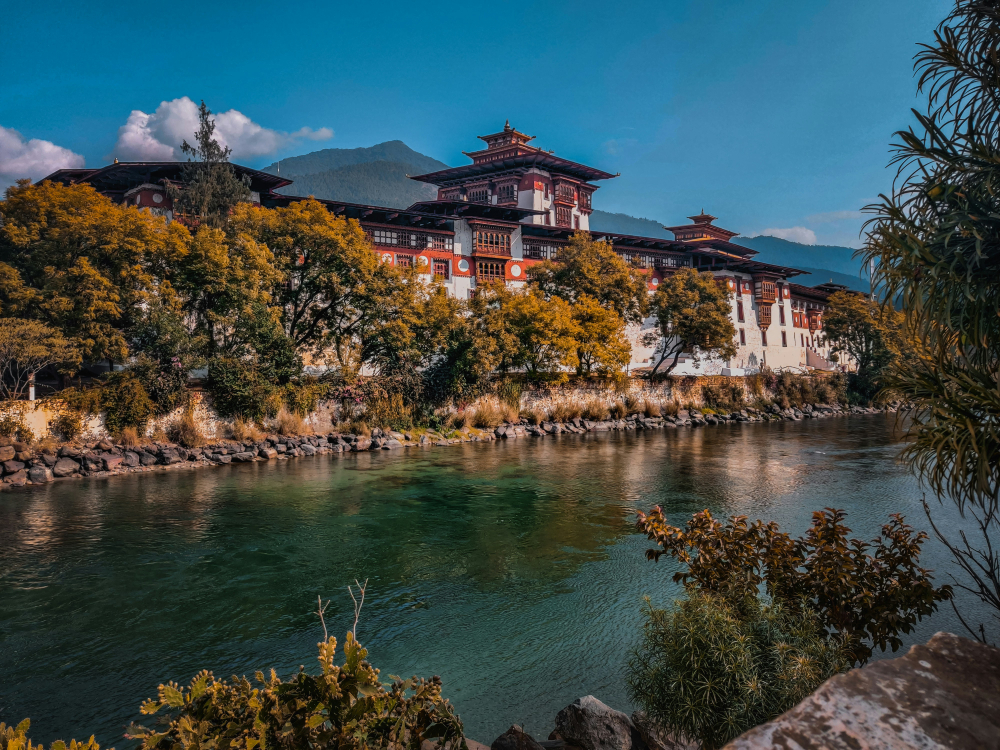
Punakha, a beautiful town in Bhutan, is known for its stunning terrace fields, suspension bridges, and vibrant rural life. Settled between two rivers, the Pho Chhu and Mo Chhu, Punakha is home to riverside farms and lush landscapes.
The highlight of Punakha is the majestic Punakha Dzong, an impressive fortress and monastery that sits at the junction of the rivers. It also was the administrative centre and the seat of the government of Bhutan until 1955. This historic Dzong is surrounded by blooming jacaranda trees in spring.
Walking across the suspension bridges adorned with colourful prayer flags provides a breathtaking view of the valley and rivers below. These bridges connect small villages, allowing visitors to experience the serene rural life of Bhutan.
Gangtey Valley
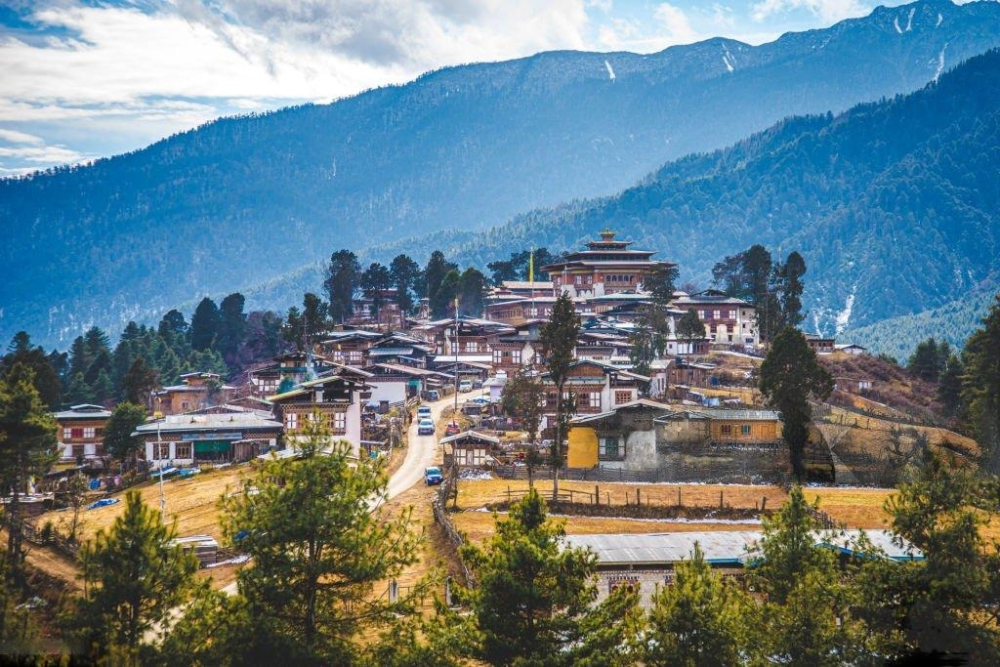
Gangtey Valley, also known as Phobjikha Valley, is a stunning and serene place in Bhutan. This glacial valley is home to Gangtey Goemba. It is an important Buddhist monastery built in the 17th century by Peling Gyalsé Rinpoche.
It offers breathtaking views of the surrounding landscapes. The valley is characterised by its lush farmland and myriad trails, many with relatively flat stretches. Thus Gangtey is also ideal for hiking.
Outdoor enthusiasts can enjoy various activities like archery, mountain biking, camping, bird watching, and picnics.
Gangtey Valley is also famous for the black-necked cranes that migrate here in the winter.
Khoma
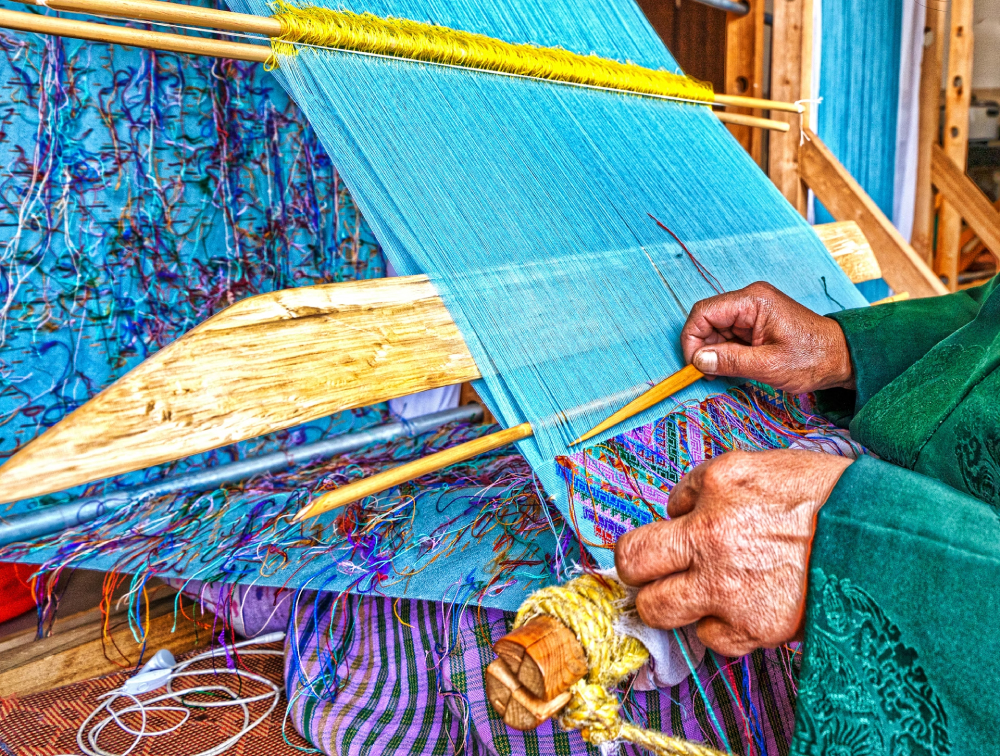
Khoma is a beautiful village in the Lhuentse District of Bhutan, known for its rich tradition of weaving. This small village is famous for its complex and beautiful kishuthara. It is a type of handwoven silk textile that is highly prized in Bhutanese culture.
The women of Khoma are skilled weavers. The visitors can watch them at work, creating stunning patterns on their traditional backstrap looms. This village offers a unique glimpse into rural life in Bhutan and its cultural heritage.
Exploring Khoma provides a chance to learn about Bhutan's textile arts.
Dochu La
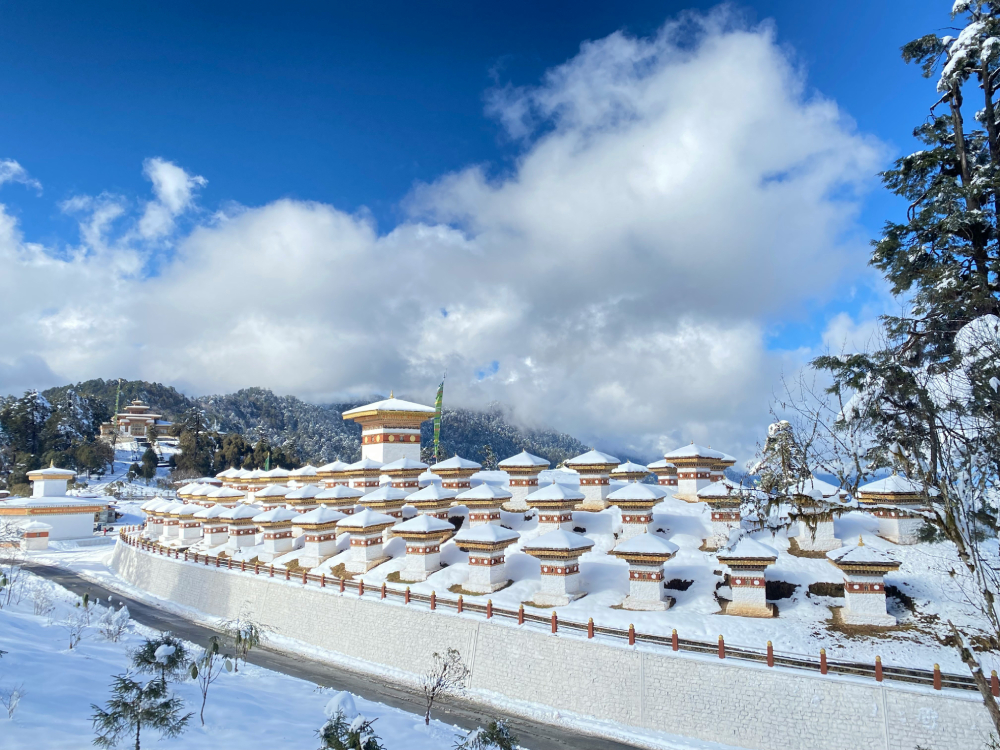
Dochu La is a breathtaking mountain pass in Bhutan, located at an altitude of 3,100 meters between Thimphu and Punakha. It is famous for its 108 chortens, known as the Druk Wangyal Chortens. It was built to honour Bhutanese soldiers who died in the 2003 military battle against Indian insurgents.
The Dochu La Pass offers spectacular panoramic views of the Himalayan mountain range, especially on clear days. From the pass, you can see major peaks like Gangkhar Puensum, the highest peak in Bhutan, and other stunning mountains such as Masang Gang, and the Tsendagang.
Visitors can also explore the nearby Druk Wangyal Lhakhang. It is a beautiful temple with intricate murals depicting Bhutan's history.
Surrounded by colourful prayer flags fluttering in the wind, DochuLa is a serene and spiritual place. The pass is also a popular spot for picnics and photography.
The journey to this pass is equally enjoyable, with winding roads through lush forests and vibrant rhododendron blooms in spring.
Laya
Laya is a remote and charming village in the Gasa District of Bhutan, situated at an altitude of about 3,800 meters. This high-altitude village is known for its unique culture and traditional lifestyle.
The Layap people, who inhabit Laya, wear distinctive clothing, including conical bamboo hats. Laya is also renowned for its stunning natural beauty, surrounded by snow-capped mountains and lush alpine meadows.
Visitors to Laya can experience the untouched wilderness and the rich cultural heritage of the Layap people. The village is a popular stop for trekkers on the Snowman Trek, one of the most challenging and scenic treks in Bhutan.
In Laya, tourists can participate in local festivals such as the Laya Tsechu and the Laya Winter Festival. They can enjoy traditional music and dance performances. The journey to Laya involves trekking through stunning scenery, including dense forests, rushing rivers, and high mountain passes.
Haa Valley
Haa Valley is known for its pristine beauty. The valley is surrounded by lush forests, rolling hills, and traditional Bhutanese villages. Haa Valley offers a glimpse into rural Bhutanese life and is rich in cultural heritage.
One of the main attractions is the Lhakhang Karpo (White Temple) and Lhakhang Nagpo (Black Temple), two ancient temples with fascinating legends.
The valley is ideal for outdoor activities like hiking and mountain biking, with trails that provide breathtaking views of the landscape.
The annual Haa Summer Festival showcases the valley’s unique culture, with traditional sports, food, and performances. Haa Valley is also known for its vibrant prayer flags and serene monasteries, which add to the spiritual atmosphere.
Bumthang
Bumthang is often called the spiritual heartland of Bhutan. It is known for its rich history and ancient temples. The district is located in central Bhutan. Bumthang includes four main valleys: Chokhor, Tang, Ura, and Chhume. The area also features stunning landscapes.
Also, it is home to some of the oldest and most revered monasteries, including Jakar Dzong, Jambay Lhakhang, and Kurjey Lhakhang.
Jambey Lhakhang is one of the 108 temples built by the Tibetan King Songtsen Gampo in 659 CE. According to legend, these temples were constructed in a single day. The purpose was to pin down a monster to earth forever.
Jakar Dzong was built in 1549 by the Tibetan lama Ngagi Wangchuk. He came to Bhutan to spread Tibetan Buddhism. It was designed as a fortress for defence. Also, it played a crucial role in protecting the eastern part of Bhutan from invasions.
Additionally, Jakar Dzong also served as an administrative centre and a religious site.
Kurjey Lhakhang is the final resting place of the remains of the first three Kings of Bhutan situated in Bumthang. A large tree behind one of the temple buildings is also significant. It is believed that this tree holds hidden teachings of Vajrayana. These teachings were left there by Padmasambhava.
The region is ideal for trekking and hiking, with trails that offer breathtaking views of the valleys, forests, and traditional villages.
